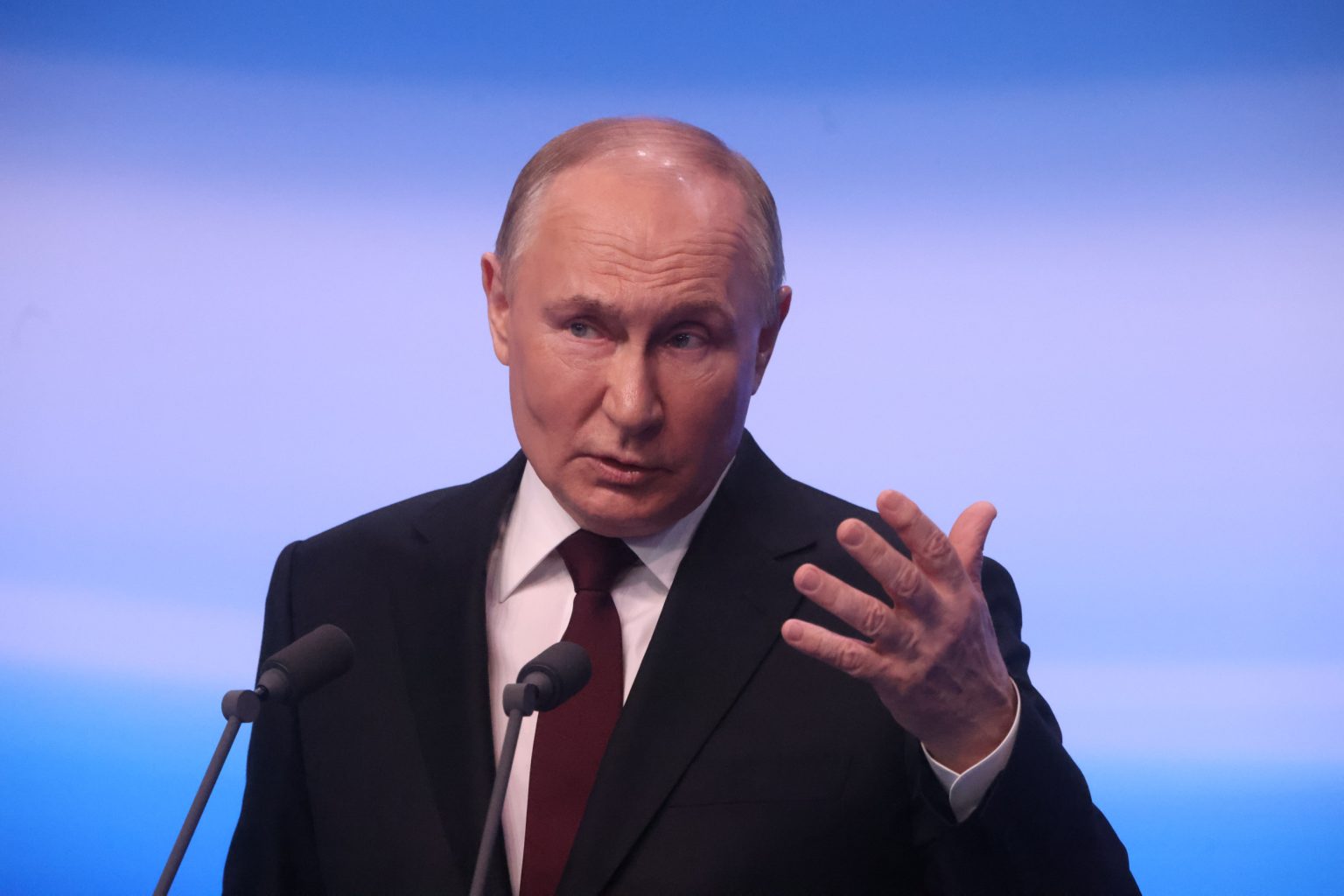Russia poses a serious threat to eastern NATO countries following Russian President Vladimir Putin’s warning about the potential deployment of F-16s in Ukraine. The United States recently authorized its allies to provide Ukraine with F-16s, which would provide the country’s Air Force with more modern capabilities compared to its Soviet-era jets. A group of 14 countries has pledged to deliver these planes and provide training to Ukrainian pilots. Putin, during a visit to a military aviation center, stated that Russia would consider F-16s legitimate targets if they were operating from airfields in third countries. He also mentioned the possibility of these planes carrying nuclear weapons and outlined Russia’s strategy to counter such threats.
Elbridge Colby, a former U.S. Department of Defense official, expressed concerns about Russia’s actions and labeled the country as a serious threat to eastern NATO. He highlighted Russia’s aggression while noting that China has also expressed military threats against Taiwan. Anton Gerashchenko, a former adviser to Ukraine’s minister of internal affairs, echoed these concerns by emphasizing Putin’s statement about shooting down F-16 aircraft if they were used from third-country airfields to target Russia. Despite this, Gerashchenko pointed out that Ukraine is discouraged from striking legitimate military targets on Russian territory as a means of self-defense.
During his visit to the military aviation center, Putin also discussed defense spending in different countries, comparing the amounts spent by the United States and Russia. He noted that while the U.S. spent significantly more on defense in 2022, Russia’s spending was markedly lower. Putin highlighted the disparity in defense budgets between the two countries, emphasizing that the idea of Russia planning to fight NATO was nonsensical given the significant difference in resources. The U.S. had authorized a substantial military spending budget in 2022, with President Joe Biden signing the National Defense Authorization Act for $768.2 billion.
The situation surrounding Russia’s perceived threat to eastern NATO countries is further complicated by ongoing geopolitical tensions and military posturing. The possibility of F-16s being deployed in Ukraine adds a new dimension to the conflict, potentially escalating tensions between Russia and NATO members. The differing perspectives on defense spending and military capabilities highlight the disparities between major world powers, with implications for strategic military planning and international security. As experts and leaders assess the evolving situation, diplomatic efforts and strategic responses will be crucial in managing and de-escalating potential conflicts in the region.
The implications of Russia’s perceived threat to eastern NATO countries go beyond immediate military concerns and extend to broader geopolitical considerations. The actions and statements made by Putin and other officials underscore the complex dynamics at play in the region, with implications for international security and stability. The deployment of F-16s in Ukraine and the potential for military confrontations add a sense of urgency to diplomatic efforts and conflict resolution initiatives. As world leaders and experts assess the evolving situation, a coordinated and strategic approach will be essential to addressing the challenges posed by Russia’s aggressive posture towards NATO countries.
In conclusion, the situation involving Russia’s perceived threat to eastern NATO countries, particularly in light of recent discussions about the potential deployment of F-16s in Ukraine, highlights the ongoing tensions and security concerns in the region. The comparisons in defense spending and military capabilities between major world powers further accentuate the complexities of the geopolitical landscape. As policymakers and stakeholders navigate these challenges, a multilateral approach that prioritizes diplomacy, dialogue, and strategic cooperation will be essential in promoting peace and stability in the region. The need for a coordinated response to Russia’s actions underscores the importance of maintaining open channels of communication and working towards peaceful resolutions to mitigate the risk of conflict escalation.


